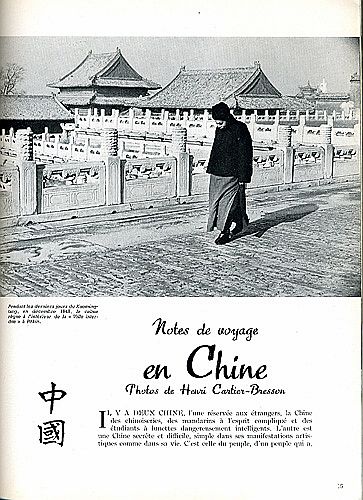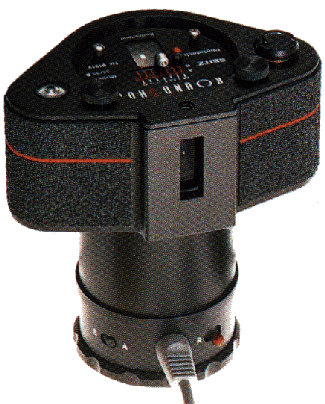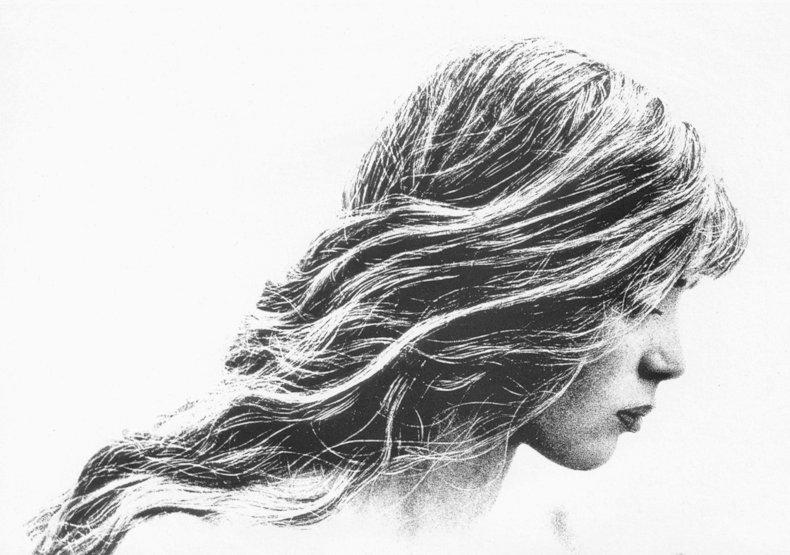Валерий Лобко писал(а): ...Yousuf Karshhttp://karsh.org/...
Вот тут имеются любопытные замечания о технике:
…Frank Lloyd Wright's portrait is lit with the "T" or "arrowhead" lighting layout. A strong light is placed to the side and slightly to the rear of the subject and high, and a weaker light beside the camera. A fourth light may be used to lighten the background very slightly (I don't see it used here) and at times a hair light was used. Filters were not used, but Ortho film was often used on men. Gen. Pershing's portrait was lit with the main light on the right side of the picture, with a lesser fill light on the right. A background light of low intensity was used and I believe the background burned in to leave the slight line. An overhead light was directed to the hands and hair. I saw an exhibition of Karsh's portraits a few years ago, and it was magnificent. What was amazing was that his portraits of Krushev, taken in Russia with a Rollieflex, still had the skin tones and sheen on the skin as does the 8x10 shots. I believe these two shots you showed are made with the 8x10 camera and 14" lens. Along with the exhibition was a video tape of Karsh making a portrait, which showed the arrowhead lighting with spot lights. The rest is pure talent…
…Most of the studio hot lights were either 500 or 1,000 watts. You can get nearly the same effect with electronic flash without umbrellas. Use a layer of cheese cloth to smooth out the light just a tiny bit. This may sound funny, but it seems hot lights stay on the surface of the skin and give a smoother sheen, whereas electronic flash penetrates the surface of the skin. I am not the first photographer who has noticed this effect. However, electronic flash can be just about as good and it is certainly easier on the subject. You can't seem to get the sparkle on the skin tones with umbrellas or soft boxes, as that is their purpose. They smooth out the skin and eliminate a lot of retouching. To answer your question, the small flash will work for fill or background light…
Dave: I'll get this right yet. I was in too big of a hurry and didn't proof my answer as I should have. The arrowhead lighting on Frank Lloyd Wright's portrait uses TWO lights to the side and slightly to the rear, one on each side. Sorry for the errors.
Doug.
…Just a guess: Looks like Pyro was used, as well as a fair amount of retouching by hand probably with a pencil on the negs.
One aspect of Karsh's portrait of note is the emphasis on the lighting the subject's hands separately. He felt that the hands are a very integral part of the subject's character. You can see this in the two pictures you posted. (In Pershing's portrait, there is one light gunning at the hands from behind to the left of the viewer), On the whole, the lighting is fairly hard which is why on negative retouching is required.
One book to see is "Karsh : A Sixty-Year Retrospective" he has two others I believe. I have this one. Some of the lighting schemes (not detailed in the book) were really amazing.
…I'd like to make a comment on Karsh's image of General Pershing, It looks like to me that he is using a stong, harsh light, some distance from the subject (from the right of the viewer), slightly raised above the subjects eye. There is another light that is coming in at almost 90 degrees to the left of the subject to light his hands, however, it looks like hes used cutters to protect the face. To emphasize the head and shoulders from the background, he has used a very soft background light (probably 3 stops different from every other light in the image (either that, or hes a darkroom genius). Id just like to make a comment about what everyone else has said about the two images, and Karsh's style for that matter. It is very rare for two people to look at an image in the exact same way, when i was at uni, they taught us to accept others opinions, and try to see it from their perspective, as well as your own. For all those who think that Karsh's style is repetitive, and even 'old', his use of theatrical lighting styles is what makes him so popular, and such a legend, he found his niece in the market and has done well from it.
…One key element that is missing so far in how Karsh creates such remarkable quality in his images is that he often used toners in the print development process.
Selenium toners as well as "homemade" toners that he used can dramatically affect the overall print. Also don't forget that he was usually shooting with an 8X10 view camera which to this day will surpass anything on the market. In the case of photography "bigger is better".
An alternative to an 8X10 camera, that I have used many times to replicate the feel of this type of portraite is to use a little known Kodak product called Technical Pan 120.
Tech Pan is a difficult film to shoot and to process but the quality of the grain structure and skin tones that it produces are spectacular. Give it a try!
…An aspect that has been missed here is the color temperature of the lights. When photographing the human skin, you have a surface rich in the yellow-red spectrum, both orthochromatic and panchromatic black and white films get a slightly higher, (greater) exposure than is presented by the meter. 'Hot' lights, a.k.a. theatrical lights are quartz ampules with tungsten filaments. They burn at 3200 degrees Kelvin and grow warmer (to the 3000 to 2800 degree Kelvin) range.
You also have the ability to use barndoors and most importantly, to use a 'leeko light'. This is a varaible-focus spotlight, (Fresnel and double convex condensers).
This enables one to acheive the high reflectivity seen on the skin.
Bogen monolights have a focusable spot strobe, 'gel-ing' the strobe will give greater effect than filtering the lens, (Roscoe gel).
Agfapan processed with Rodinal will give damn-near the quality of tec- pan and is a LOT easier to use. Print on FIBER BASE PAPER, Agfa (or for a colder-tone, Orental Seagull.
…In his autobiography (published in the 1960s), Karsh says that he was inspired by the way in which set designers and dramatic directors used light. That observation convinced him that one could achieve great effects through deliberate use of lighting. This is quite evident in his photographs.
To me, the magic of Karsh does not reside primarily in lighting or printing (masterful though these are). The true drama emerges from the personalities that he photographed, and his wonderful writing about them. I strongly encourage people to look at his book "Karsh Portfolio," and at his autobiography.
…I was sad to see the passing of another great photographer that can never be replaced. I use to work at the camera store where the Karsh Studios did their purchasing and was always attentive to what they used, to make the pictures. I think what ever chemistry (Kodak Portriga, Selectol soft,selenium toner, greeen filters, polarizers) and product they used does not compare with the gentle character which reveals every line of expression from his subjects. I was fortunate to have talked with him in idle jest between floors at the Chateau Laurier and will always remember him as a person able to project some aging personal warmth.
…I was privileged to hear Mr Karsh lecture at a professional photographers convention in 1968. During the course of his lectures he fielded many questions from the audience about cameras, lens and all the other technical questions from the floor. He placed almost no emphasis on equipment of any sort, but on proper rapport with the subject.
I'm convinced that you gave him a Brownie Hawkeye camera, a roll of film and a decent darkroom, his work would shine through as always.
My two idols, Mr. Karsh and Adolph (Papa) Fassbender emphasized one thing, "See Light." They were both experts at seeing how to light a subject.
http://www.greenspun.com/bboard/q-and-a ... _id=003kYg
|




















